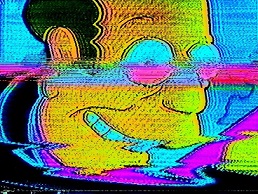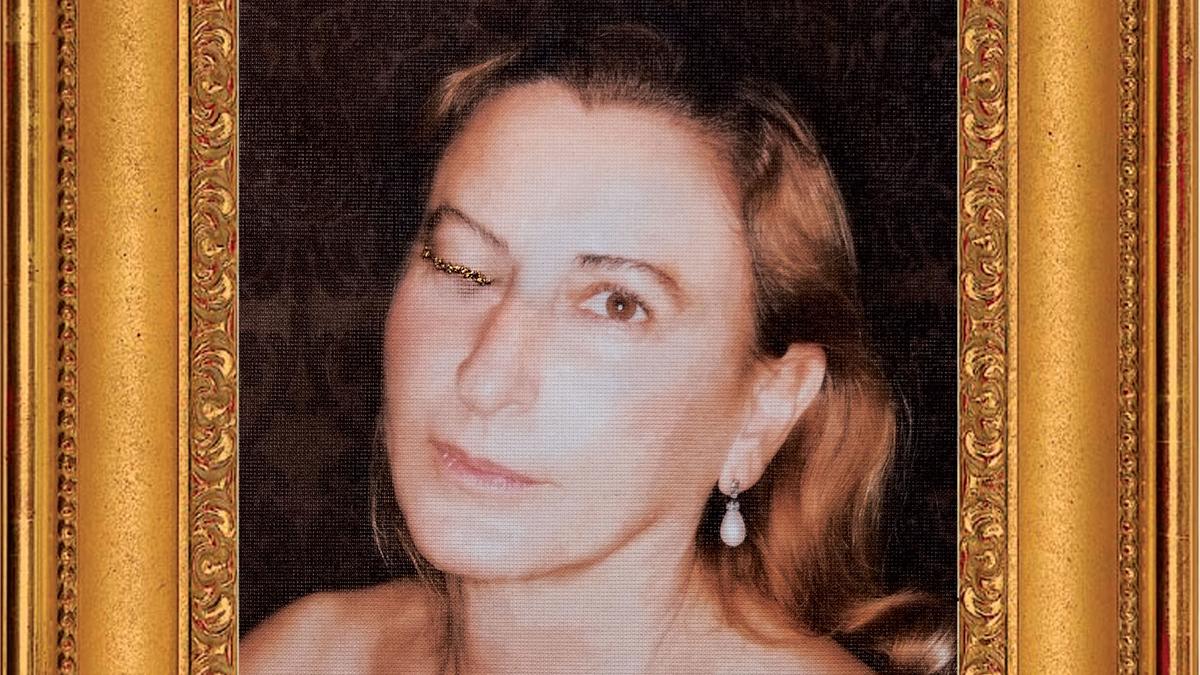Difference between revisions of "Designers"
| (One intermediate revision by one other user not shown) | |||
| Line 1: | Line 1: | ||
| − | In our last lecture (Thursday, November 2nd), we tried out the websites "NewHive" and "Giphy." I really enjoyed this activity because it allowed me to get a deeper look into the memes and GIFs I see on an everyday basis. In other words, this experiment enabled me to feel more like a designer or a creator rather than a consumer. While it was easier than I expected, I still believe that it takes a lot of thought and imagination to create a GIF or meme that others can take pleasure in or find amusing somehow. This class activity helped me understand that creating a meme or GIF essentially establishes meaning that previously did not exist. By putting new content on the internet for people to access (as my classmate and I made our meme public, which is often the case with such content), we are somehow addressing a topic in a way that has not been paralleled before. Even if our GIF resembles others, they were not created with the exact same ideas in mind or established with identical thought processes. Therefore, poor images may have poor quality or resolution, but that is not to say that they cannot exhibit creativity or originality in one way or another. | + | In our last lecture (Thursday, November 2nd), we tried out the websites "NewHive" and "Giphy." I really enjoyed this activity because it allowed me to get a deeper look into the memes and GIFs I see on an everyday basis. In other words, this experiment enabled me to feel more like a designer or a creator rather than a consumer. While it was easier than I expected, I still believe that it takes a lot of thought and imagination to create a GIF or meme that others can take pleasure in or find amusing somehow. This class activity helped me understand that creating a [[meme]] or GIF essentially establishes meaning that previously did not exist. By putting new content on the internet for people to access (as my classmate and I made our meme public, which is often the case with such content), we are somehow addressing a topic in a way that has not been paralleled before. Even if our GIF resembles others, they were not created with the exact same ideas in mind or established with identical thought processes. Therefore, poor images may have poor quality or resolution, but that is not to say that they cannot exhibit creativity or originality in one way or another. |
| Line 8: | Line 8: | ||
[[File:miuccia.jpg]] | [[File:miuccia.jpg]] | ||
| + | |||
| + | How do we see things that we make? How do we see things that others make? How does digitizing them change them? | ||
Latest revision as of 13:17, 27 November 2017
In our last lecture (Thursday, November 2nd), we tried out the websites "NewHive" and "Giphy." I really enjoyed this activity because it allowed me to get a deeper look into the memes and GIFs I see on an everyday basis. In other words, this experiment enabled me to feel more like a designer or a creator rather than a consumer. While it was easier than I expected, I still believe that it takes a lot of thought and imagination to create a GIF or meme that others can take pleasure in or find amusing somehow. This class activity helped me understand that creating a meme or GIF essentially establishes meaning that previously did not exist. By putting new content on the internet for people to access (as my classmate and I made our meme public, which is often the case with such content), we are somehow addressing a topic in a way that has not been paralleled before. Even if our GIF resembles others, they were not created with the exact same ideas in mind or established with identical thought processes. Therefore, poor images may have poor quality or resolution, but that is not to say that they cannot exhibit creativity or originality in one way or another.
An example of what could be considered a poor image. It fits the qualities Steyerl provides - "[its] quality is bad, its resolution substandard." As poor images are of low quality, they can be more quickly circulated or publicised. Consequently, they may be further altered along the way (but that may just end up enhancing their originality).
How do we see things that we make? How do we see things that others make? How does digitizing them change them?

